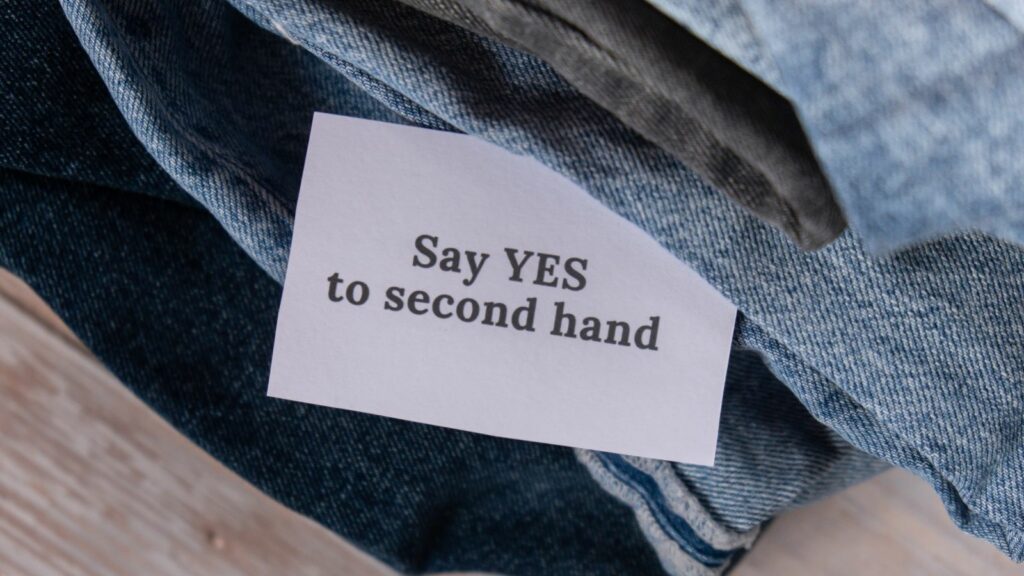In a world increasingly aware of its environmental footprint, the fashion industry isn’t exempt from the call for sustainability. But what does it mean to dress sustainably, and how can anyone make a difference? This article will unravel the threads of sustainable fashion, providing practical tips for those looking to revamp their wardrobe in an eco-friendly way.
Sustainable fashion isn’t just a trend—it’s a lifestyle choice that values quality over quantity and long-term impact over short-term gratification. It’s about making conscious decisions, understanding the lifecycle of garments, and recognizing the power of your purchasing decisions. So, get ready to embark on a journey towards a more sustainable, fashionable future.
Sustainable Fashion Tips

Fostering an eco-friendly wardrobe involves several different strategies.
- Opt for Quality, Not Quantity: Investing in high-quality items creates a wardrobe that lasts longer, therefore reducing wasteful consumption. For instance, purchasing a durable new pair of jeans prevents the need to constantly buy and dispose of cheaper versions.
- Choose Ethically Produced Items: A significant part of sustainable fashion involves supporting brands that pay fair wages and have safe working conditions for their employees. Brands such as Patagonia and Everlane are examples.
- Repurpose and Upcycle: Re-imagining clothing and accessories aids in reducing waste. An old shirt, given some creativity, can become a stylish tote bag.
- Buy Second Hand: Thrift shops, charity stores, and online platforms offer gently used clothes. Platforms like Depop, for instance, offer a wide variety of pre-loved items.
- Recycle: Rather than throwing out old clothing, considering recycling options preserves the environment. Many retails, such as H&M, offer clothing recycling programs.
- Care for Your Clothes Properly: Washing clothes less frequently, air drying them, and using eco-friendly detergents extend the life of clothes and have a lower environmental impact.
What Is Sustainable Fashion?

Sustainable fashion, often termed as ‘slow fashion,’ denotes the movement inspiring individuals towards more eco-friendly and ethical fashion practices. It doesn’t adhere to the fast-paced and disposable trend of ‘fast fashion,’ instead it cherishes longevity and values proper compensation for artisans. Think sustainably-manufactured clothing from Everlane, or Patagonia’s commitment to fair-trade practices.
Lastly, sustainable fashion equally concerns garment care, whereby nurturing your wardrobe accurately prolongs the item’s lifespan, ultimately reducing environmental impacts. Thus, sustainable fashion equates to a lifestyle of quality, consciousness, and long-term thinking, underlining every step of the clothing process, from design, production, to disposal.
Benefits of Embracing Sustainable Fashion

Embracing sustainable fashion offers colossal benefits. It fosters environmental health by decreasing pollution and waste primarily as sustainable practices entail using eco-friendly materials, less harmful dyes, and water-saving production processes. Reports show that 20% of industrial water pollution globally is attributable to textile dyeing and treatment, so this can make a significant difference.
Promoting economic sustainability, these initiatives support brands and artisans who offer fair wages and decent work conditions. For instance, brands like Everlane and Patagonia became pegs for ethical labor practices in the fashion sector.
Sustainable fashion also cultivates social sustainability by inspiring consumer consciousness concerning purchase decisions. It nurtures an attitude of considering not just aesthetic appeal but also environmental footprint and ethical production in every purchase.
How to Get Started With Sustainable Fashion
So, you’ve learned about the value of sustainable fashion, and you’re ready to take the plunge. It’s not as daunting as it may seem. You can start by choosing brands that prioritize ethical practices and longevity, like Everlane and Patagonia. Don’t forget that second-hand shopping and clothing recycling are also part of this movement. You’re not just buying clothes; you’re investing in the future of our planet. Remember, garment care is key. It’s not just about buying sustainably, but also using and disposing of items responsibly. Sustainable fashion isn’t just a trend—it’s a lifestyle choice that supports environmental health, fair economic practices, and social consciousness. So, why wait? Embrace sustainable fashion today and be part of the change for a better tomorrow.

